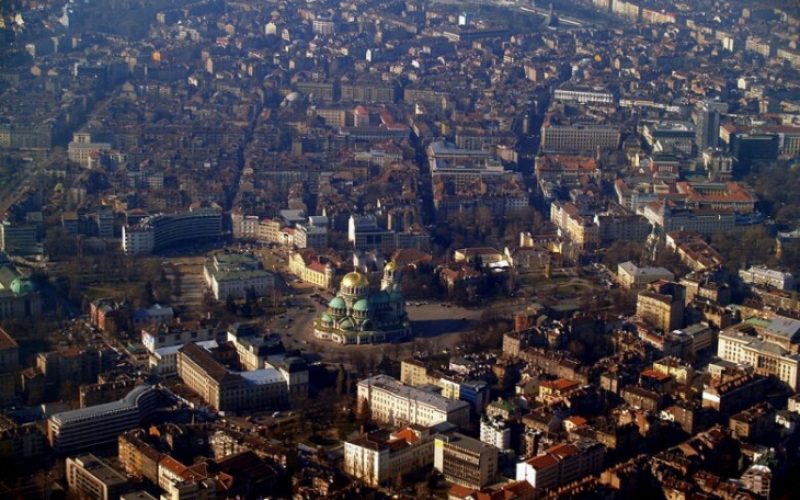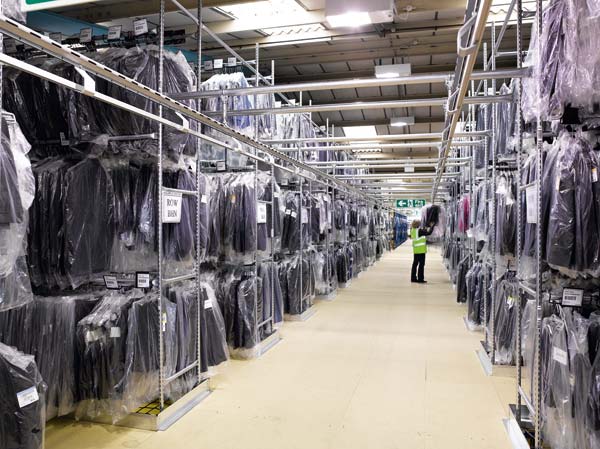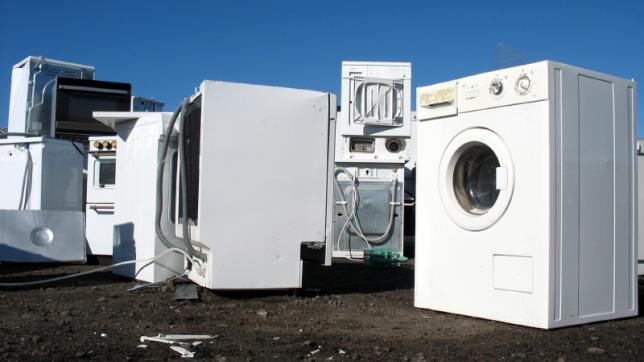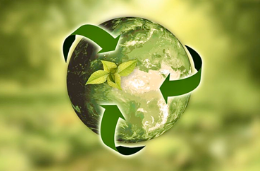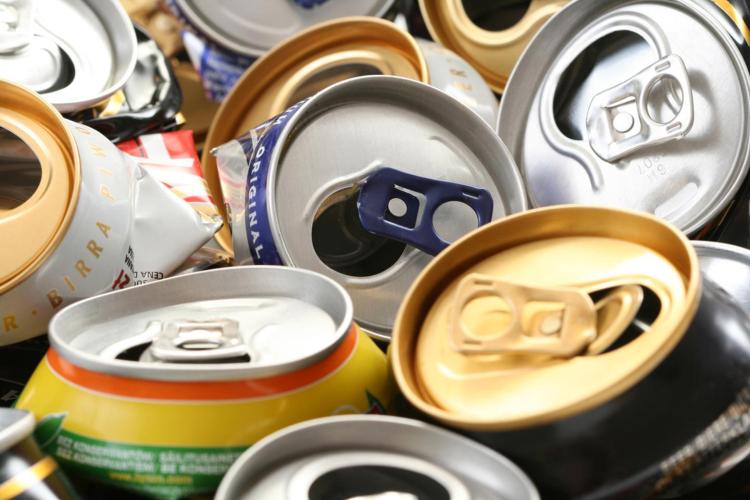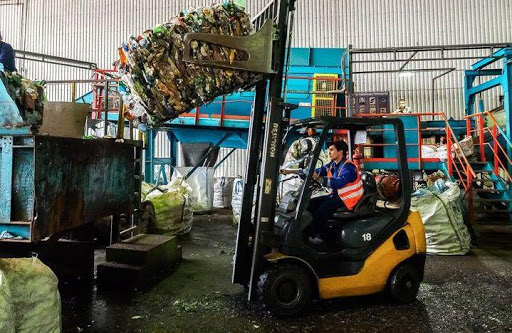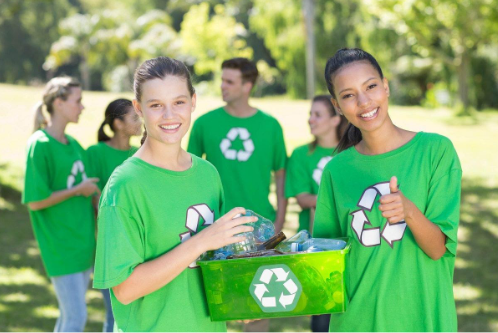Recycling of clothing and textiles
From ancient times the textile materials are widely used in various industries as component elements of different products and as auxiliary materials for filtering, polishing, packaging and others. The development of the economy provides the opportunity to produce more clothes and textiles (tablecloths, curtains, bed linen, etc.). Тheir variety is immense and inevitably this process leads to the accumulation of huge amounts of textile waste once they are used up.
In households, the textile waste occupy a significant percentage of the generated household waste. The textile waste, in turn, can be recycled instead of going directly to the landfill sites. We can achieve significant resource optimization and reduce the amount of deposited waste to a large extent. According to the researches, in Great Britain the people deposit over 2 million tons of textile waste annually, and in the USA the quantity is over 4 million tons per year.
The initiatives in Bulgaria
In 2018, Bulgaria started an initiative to reduce harmful emissions in the air by placing containers of Sofia Municipality in order to be taken all the old textiles from the households. Only for three months were collected more than 4 tons of old clothes and textiles.
The waste textiles are being utilized in the waste treatment plant in Sofia, where about 10 000 tons are being processed each year. The raw material is used for the making of the RDF fuel that is produced there.
It is also found that the textile is about 3% of the household waste volume of every house, and that 50 % of that quantity can be recycled.
Recycling of textile waste gives an opportunity to be improved the environmental situation, and to be achieved economic benefits in the form of additional components and energy for businesses in different industries.
Many types of textiles can be made from recyclable materials. For example:
- Upholstery materials
- Technical cotton wool
- Soundproofing and heat-insulating materials
- Depreciation materials
- Road construction materials
- Many others
What is the textile recycling?
The textile recycling process itself is the process by which old clothes and other textile products are recovered for reuse or restoration of materials. This is the basis of the textile recycling industry.
Textile recycling offers the following environmental benefits:
- Energy saving during processing;
- The recycled materials do not need to be re-dyed or re-washed;
- Less waste water is generated (somewhere between 17 and 20% of the industrial pollution of water is connected to the dyeing and textile processing);
- Unlike raw wool, the recycled fiber should not be washed thoroughly with large volumes of water;
- Reduced demand for dyes and fixing agents, this in turn reduces the problems caused by their use and production.
- Clothing production represents 10% of the total carbon footprint (this quantity will be drastically reduced);
- Forests are being cut down in order tree plants to be created for the production of fibers such as viscose, etc.
- Growth of cotton is another problem, it represents 2,6% оf the global consumption of water. About 53% of the cotton is grown with irrigation. About 99. 3% of the cotton is grown with chemical fertilizers.
The necessary steps in the process of textile recycling include the collection, sorting and processing of textiles, and then the subsequent transportation to the end-users of used clothes, rags and other recovered materials.
The importance of textile recycling is gaining popularity, given the fact that over 80 billion clothes are produced worldwide each year. It is for this reason that recycling of textile materials is an important challenge that we need to handle if we want to reduce the amounts of deposited waste.
In general, textile waste can be divided into:
- Waste after using high quality raw materials (for example cotton or silk);
- Textile and fiber remains of mixed type;
- Textile waste that can’t be recycled;
- Textile waste that can’t be processed on the site of production.
The recycling process
Clothes are mainly divided into two types with regard to the used materials – natural (flax, cotton, etc.) and synthetic (viscose, polyamide, polyester, etc.). The collected textile material is sorted by type and color of the material. The color sorting results in fabrics that don’t need to be re-dyed. The color sorting means energy saving and prevention of the pollution. Thereafter, the textile material is turn into fibers or gets broken to pieces in order a new yarn to be produced.
The yarn is cleaned and mixed through a process of softening (carding process). Depending on the final use of the yarn other fibers may be included. The resulting new yarn is ready for subsequent use in weaving or knitting.
Some textile waste, however, doesn’t become yarn. They are used for textile filling, for eample in mattresses, car seats and other.
The clothes made of textile based on synthetics are processed differently. First the buttons and zippers are removed, and then they are cut into small pieces. Thus the obtained mass is being granulated and formed as small granules. The granules are processed into polyester chips. They are subsequently melted and used for the creation of new fibers for new polyester fabrics.
Ensuring the most efficient processing of textile waste coming from the production and consumption, for further production of useful products and materials beneficial for the society, is a priority task for the scientific and technological progress. This will help not only to avoid the negative impact of the waste on the environment and consequently on human health, but it also will provide significant savings of natural resources, as well of the funds for their development.
Ninety-nine percent of the used textile is recyclable. The process may lead to a second life of old clothes, underwear and other textile products. This will reduce the amount of waste going to landfill sites. The recovery of the textile and the clothing for recycling provides both environmental and economic benefits.
